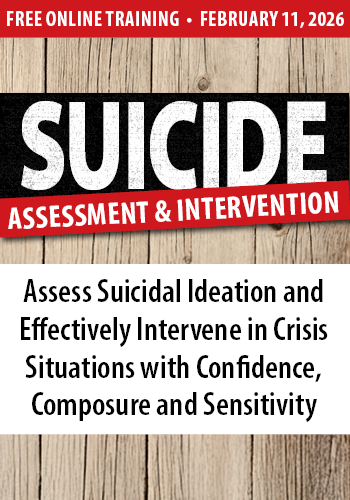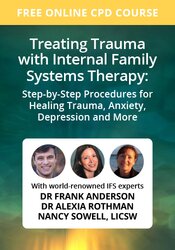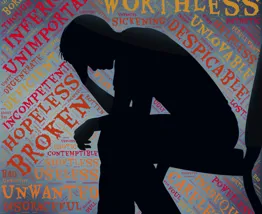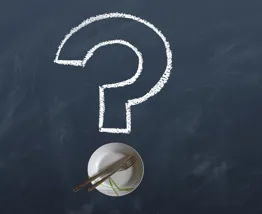Enrol in an online course today for flexible, self-paced learning—no fixed schedule required. Plus, enjoy lifetime access to course materials for convenient revisiting.
Daring to Trust the Internal Lifegiver
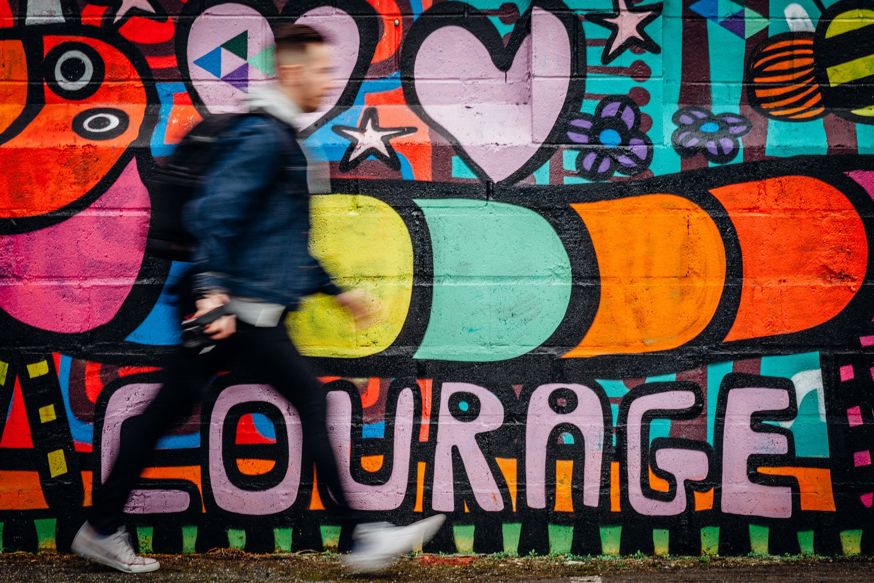
I wrote my recent book Respark to try and think about more numbed or dulled and shut-down states of mind, such as those seen after Neglect and also dissociation and learned helplessness. I have been thinking about this in relation to the way we describe fight, flight and freeze responses. I increasingly feel they should not be used together as part of the same category. While Porges and others have helped us see that flight and flop need to be differentiated, it is also clear that fight is very different to both, and much needed for emotional health.
Courage, like other hope-filled emotional states such as zest and spark, is contagious. Indeed, zest was recently defined by some psychologists as a component of courage, associated with being energetic, enthusiastic, hopeful, being prepared to face challenges rather than shirk them.
There is an internal force, what the psychoanalyst Neville Symington called a ‘lifegiver’, which denotes an unconscious part of the self on the side of desire and courage, a kind of encouraging internal parental voice, enabling us to overcome fear to risk change and action. It is something I have often admired in others and sometimes longed for more of in myself!
The neuroscientist Andrew Huberman helpfully pointed out how the dopaminergic system, when not overstimulated and out of balance, allows us to pursue goals, keep on task, not give up, and enjoy a challenge. This system can turn off when hope, confidence, enthusiasm, and our lifegiver desert us, which can lead to this system being hijacked by easy access to contemporary temptations, such as screens or drugs.
Much that we encounter in the contemporary world, such as the easy buzzy rewards of screen-based games or new drugs, work against a healthy pursuit of goals and rewards. If I am hunting for food and I know my prey or reward is near, I will have a dopamine spike in physiological systems and that will enhance my effort. Something healthy is being sparked here and will keep me on track to reach my goal. Hence Huberman has called the dopaminergic system a kind of courage circuitry. The need for courage and determination has been cut out of many contemporary rewards, which are too easily on hand.
The kind of reward system we want is, I believe, one that can fuel us when we feel like giving up, keeping us motivated when there is a long road ahead. This confirms what the neuroscientist Richie Davidson found in secure, outgoing toddlers and adults. The ones who moved towards experiences with an open, positive state of mind, with a sparking lifegiver, showed higher activation in left prefrontal brain areas associated with positive feelings. This is needed in genuine courage, particularly when in courageously standing up for what we believe in, and fighting against oppression or abuse.
Huberman quotes research by a psychiatrist, Robert Heath, in the 1960s. Heath used electrodes to stimulate brain regions that elicit a wide range of emotional responses, such as sexual feelings, forms of euphoria, as occurs with drugs, and various other feeling states. Perhaps surprisingly, the stimulation the participants liked most and wanted more of was of the brain area central to courage, taking risks, and facing threats. It seems that we want some manageable frustration and the capacity to push through it. In other words, resilience, and the ability to thrive under pressure, are crucial capacities and courage may provide its own neurochemical rewards.
Feeling hope, being brave, taking risks, these are still scary but are very different to flight, let alone flop. They are hopeful positive states, linked to potency and agency, to what is often called the ‘growth mindset’. In many clients, I seek to activate systems that drive us towards goals, towards and not away from the good things that life has to offer. As in mindfulness, this gives rise to a leftward shift in prefrontal brain activation, linked to hope and an approach, rather than an avoidance mindset.
Resparking requires courage, on the part of both client and therapist. As I know too well, it feels risky to trust our internal lifegivers and dare to feel hope and passion, let alone anger – to live with what Brené Brown described as a strong back, soft front and wild heart.



